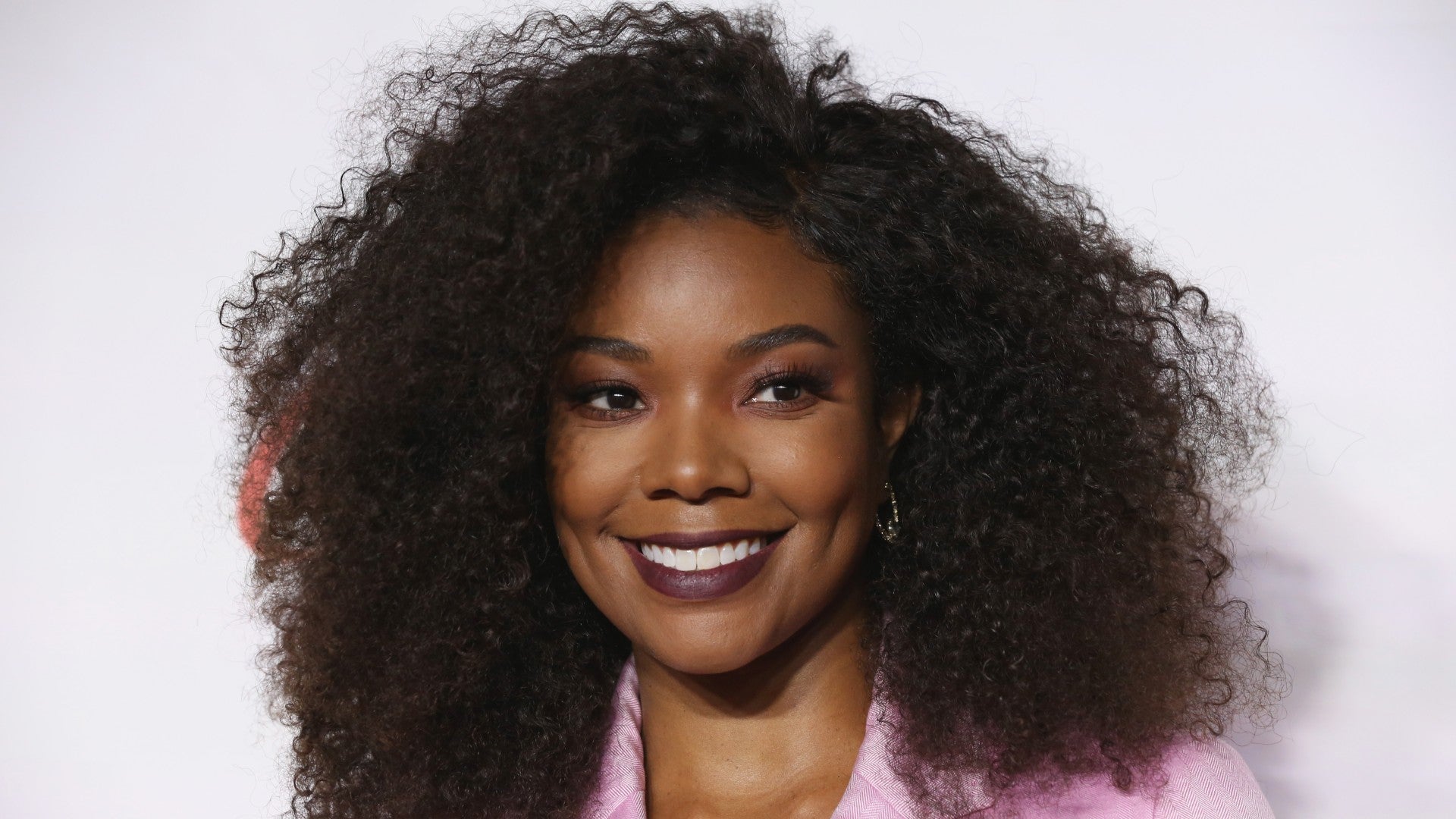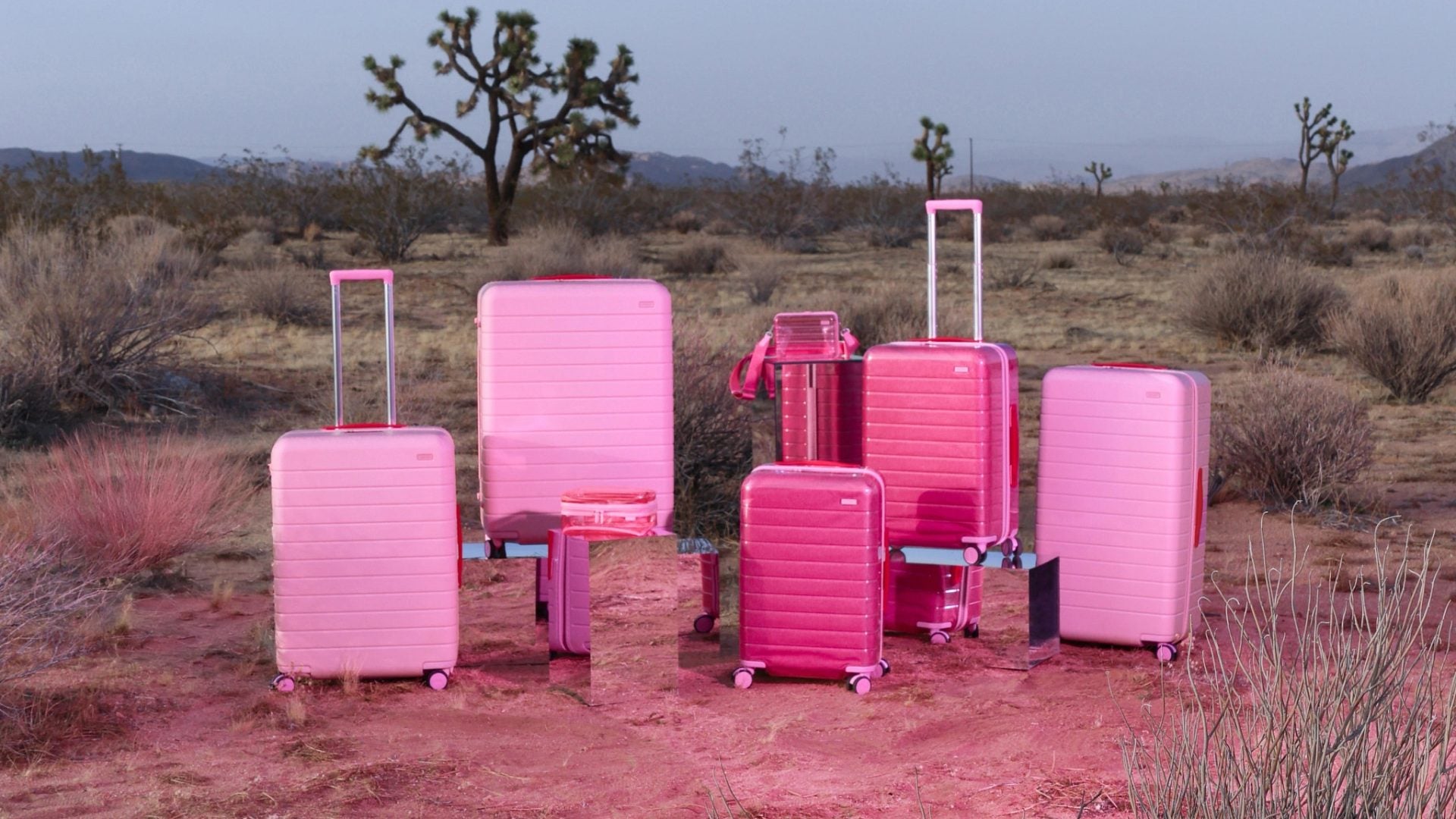
The salons are all closed. Your favorite hairstylist is not making house calls due to social distancing. And you’re about a week overdue on removing that sew-in weave or lace front wig. Don’t worry sis, Larry Sims has got you covered.
With receipts on top of receipts and a reputation for hooking up the hair of stars such as Gabrielle Union, Regina King, Sanaa Lathan, Ayesha Curry, Zendaya and Danai Guirira, Sims knows hair. He broke down the dos and don’t of at-home weave and wig removal for ESSENCE, and even offered tips on how to care for our hair underneath.
Do
Do know when it’s time to remove your sew-in or lace front. Sims recommends removing your sew-in after six weeks and a lace front after two.
“I know a lot of people are trying to hold on to what they have because they don’t know what’s going on underneath. They don’t know how long this whole is going to last,” he says. “But the problem is you’re going to have a bigger problem on your hands if you decide to try to rock this out for the next couple of months. It’s been there for a month or two already. We’re looking at four months and you don’t want to deal with the matting, the breakage. And it’s just unsanitary.”
Do
Do make sure you have the proper tools and set out a work station. Mini scissors, two mirrors (so that you can also see the top and back of your head), a paddle brush, hair oil and conditioner are must-haves.
“The bigger the scissors, the more you’re apt to potentially cut a chunk of your hair. So use small scissors, even sewing scissors can work. I would have some sort of oil on deck as well, just so it could help you with slippage. So once you put it on and saturate the hair, you can feel the difference between your texture and the thread. Then you cut enough [thread] loose on the braid down or in between the wefts, and it’ll eventually unravel.”
Don’t
Don’t forget to be patient. The more frustrated and hurried you get, the more likely you are to cause damage to your own hair.
“Don’t not be frustrated. You can’t rush, you can’t give up, you can’t rip things out. You can’t just start cutting and pulling because you’re frustrated, and you want it to be over. That’s the biggest don’t,” Sims explains.
Don’t
Don’t get your hair wet with water until it’s completely brushed through and saturated with oil.
“Water is immediately going to kink it,” says Sims. “Some people think that if they wet it when they take their wefts out to unravel their braids, then it’s going to be an easier process. But the water itself, just basically mattes the hair. So you have to have it saturated with the oil or a conditioner before you even touch it with water.”
Do
Do care for your hair underneath properly. Once your weave or wig is removed, you want to give your actual hair and scalp a treatment or deep conditioning to bring back moisture and avoid breakage.
“Completely saturate your hair in conditioner,” suggest Sims. “Women with relaxers won’t have to do it as aggressively because obviously their hair is a different texture. But for women with textured hair or natural hair in particular, saturate, saturate, saturate your hair with conditioner. You can either detangle with conditioner and then use a co-wash or if you don’t have a co-wash, detangle with conditioner, shampoo, and then go back in and recondition. After you’re done with conditioning, rinse. If you have a leave-in conditioner, which is great, do a leave-in and then just go from there.”
Don’t
Don’t be afraid to style your own hair. Weaves and wigs are fun for switching it up but you must care for your own hair too. This is a great time to embrace that new growth, let your hair breathe, and try different styles for your own tresses.

“If you want to do a twist out grab a curl cream. If you want to do a leave out with a lot of definition, sometimes you have to cocktail the curl cream with the gel,” Sims advises. “But you have to be okay with your hair in its natural state to a certain degree. During this time we’re all having to take a break. I think it’s a perfect time for us to give our hair a break as well. That means no heat. That means not pressing it excessively. And instead of being a prisoner to your wigs and weaves, you have to take care of your natural hair underneath to make sure that you have it once this is all over.”





